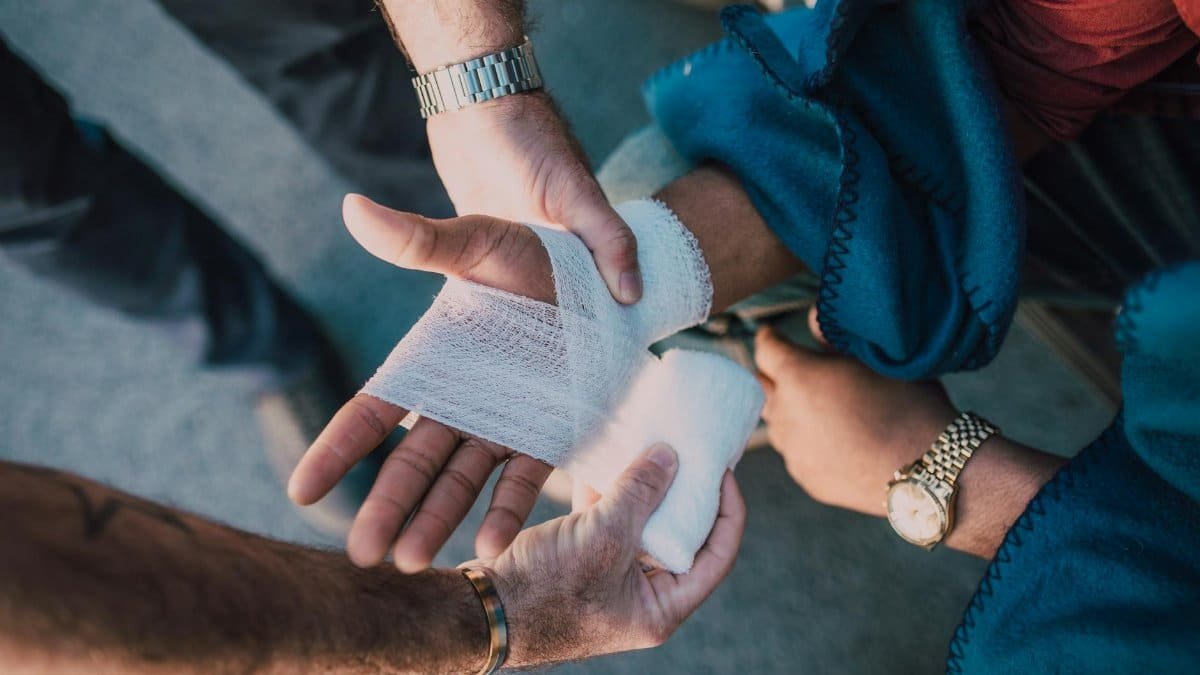In a city known for its progressive vibe, new data reveals that 35% of Portland residents have sought trauma healing services in the past year, up from 20% in 2023, according to a recent survey by the Oregon Health Authority. This surge highlights how healing recovery strength is becoming a go-to strategy for locals battling stress from urban life, economic pressures, and past traumas. As mental health takes center stage in 2025, Portlanders are embracing therapies that build resilience and foster calm, turning personal pain into empowered living.
The Rise of Trauma Awareness in Portland
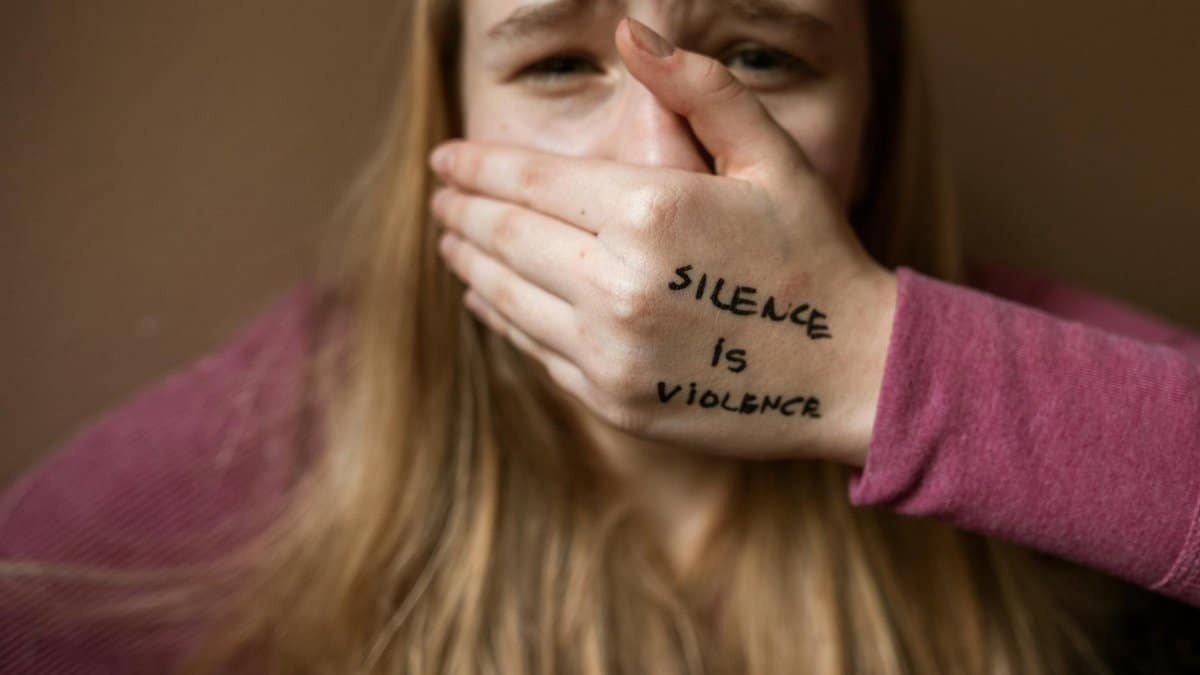
Portland has long been a hub for alternative wellness, but trauma healing is gaining traction amid rising mental health concerns. Local experts note that events like the 2020 protests and ongoing housing crises have left many residents grappling with unresolved emotional wounds. Clinics across the city report increased demand for services that focus on somatic experiencing and mindfulness, helping individuals process deep seated pain without traditional talk therapy alone.
One key driver is the accessibility of these programs. Community centers and online platforms make healing recovery strength available to diverse groups, from young professionals to retirees. This shift reflects a broader U.S. trend where cities like Portland prioritize holistic recovery over quick fixes.
Building Resilience Through Therapy
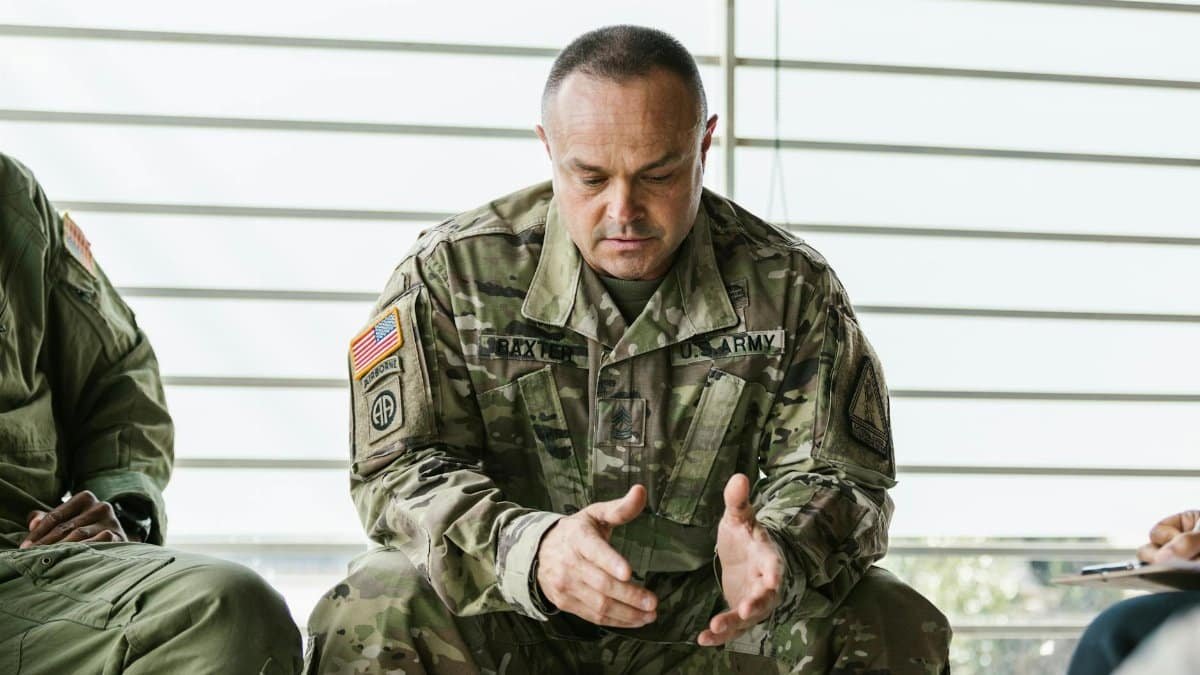
Trauma healing emphasizes strength building, teaching people to regain control over their responses to stress. In Portland, therapists use techniques like eye movement desensitization and reprocessing (EMDR) to help clients rewire negative patterns. A study from the University of Washington found that participants in such programs showed a 40% reduction in anxiety symptoms after six months.
For many, this means improved daily functioning. Residents report better sleep, stronger relationships, and enhanced focus at work. As 2025 unfolds, experts predict even more integration of these methods into workplace wellness initiatives, especially in tech heavy Portland.
Community Support Networks
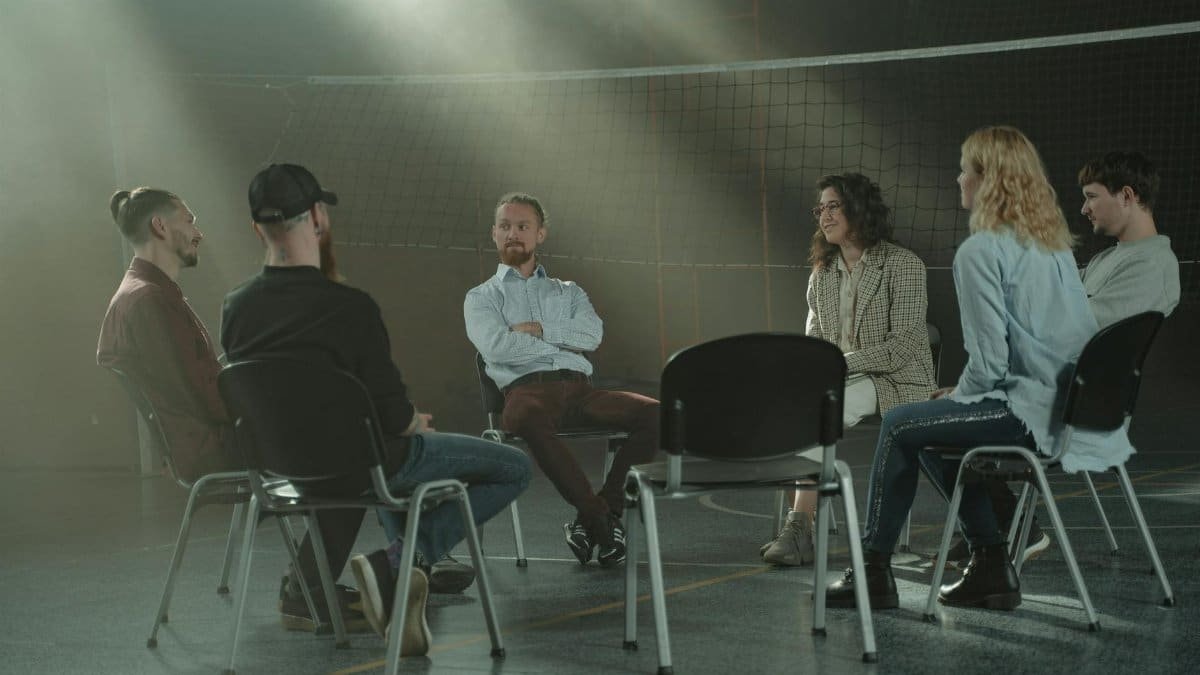
Portland’s tight knit communities play a vital role in trauma recovery. Groups like the Portland Trauma Recovery Network offer peer led sessions where participants share stories and build collective strength. These networks provide a safety net, reducing isolation that often exacerbates trauma.
Volunteers and professionals collaborate to create inclusive spaces, addressing issues like racial trauma and LGBTQ+ specific challenges. This grassroots approach amplifies healing recovery strength, making it a communal effort rather than an individual burden.
Challenges in Accessing Healing Services

Despite the boom, not everyone in Portland can easily access trauma healing. High costs and long waitlists at popular centers pose barriers, particularly for low income residents. Advocacy groups are pushing for more subsidized programs through state funding.
Additionally, stigma around mental health persists in some circles, deterring potential seekers. Efforts to normalize these conversations are underway, with public campaigns aiming to educate and encourage broader participation by 2025.
Personal Stories of Transformation

Take Alex Rivera, a Portland barista who turned to trauma healing after a car accident left him with chronic anxiety. Through guided sessions, he discovered inner strength he never knew he had, leading to a calmer life and even a promotion at work. Stories like his are common, illustrating the real world impact.
Another example is Maria Chen, who credits group therapy for helping her navigate family related trauma. These anecdotes underscore how healing recovery strength translates to tangible improvements in resilience and well being.
Integrating Healing into Daily Life
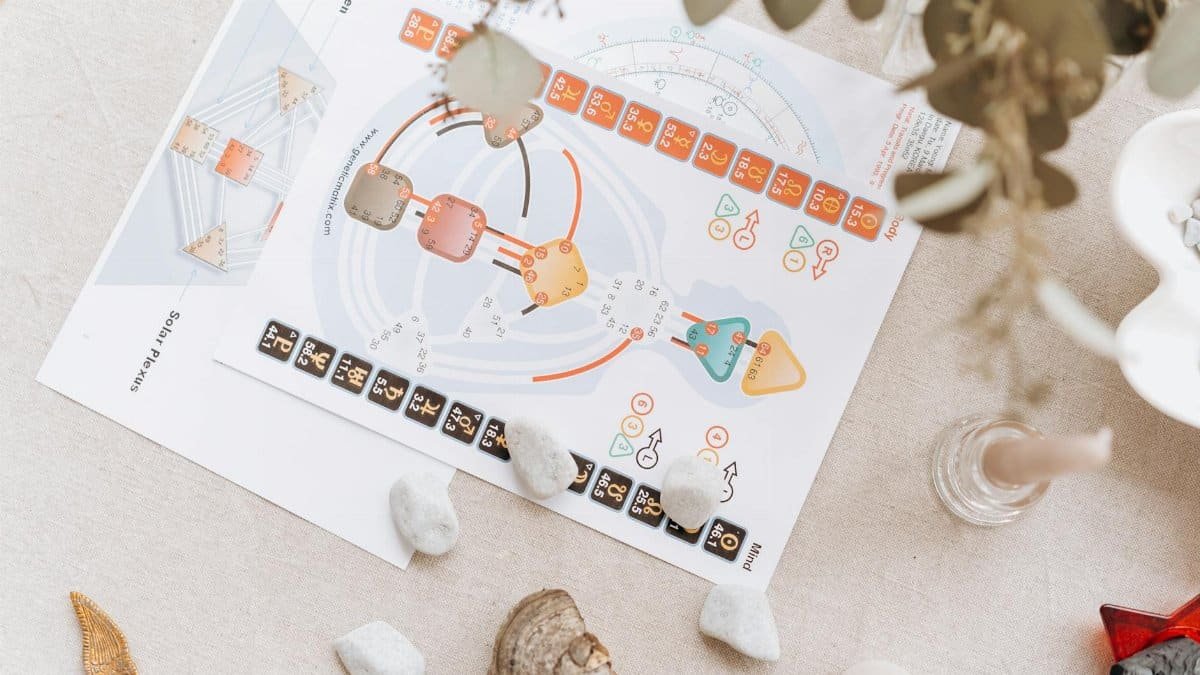
Beyond formal therapy, Portland residents are incorporating trauma healing practices into routines. Yoga studios and meditation apps tailored to recovery are popping up everywhere, blending physical movement with emotional processing.
Simple habits like journaling or breathwork help maintain gains from professional sessions. Local wellness events in 2025 are expected to feature more workshops on these integrations, making strength building a lifestyle choice.
The Role of Professional Guidance
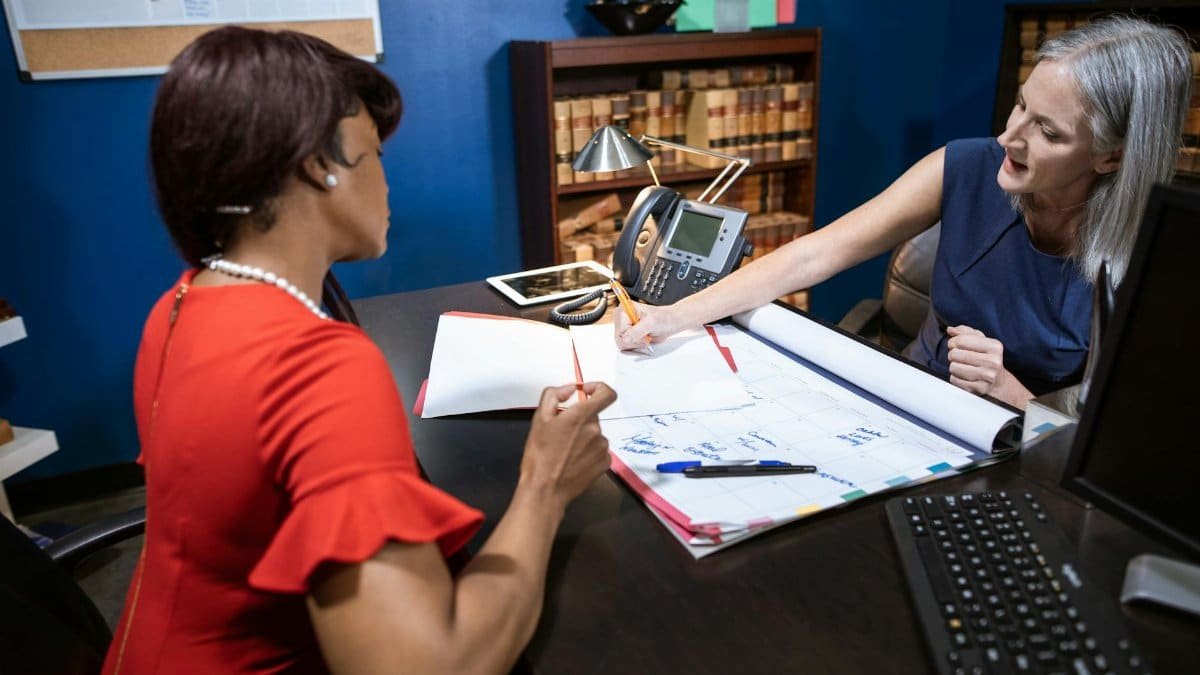
Trained therapists are essential for effective trauma healing. In Portland, certifications from bodies like the Trauma Research Foundation ensure quality. A report from the American Psychological Association highlights that guided interventions yield better outcomes than self help alone.
Residents are advised to seek licensed professionals to avoid pitfalls. With rising demand, the city is seeing an influx of specialists, promising better access in the coming years.
Measuring Long-Term Impact

How effective is trauma healing in the long run? Data from the Centers for Disease Control and Prevention (CDC) suggests sustained benefits, including lower rates of depression relapse. Portland specific studies echo this, showing improved community health metrics.
As more residents engage, researchers are tracking outcomes to refine approaches. This evidence based evolution ensures healing recovery strength remains a reliable tool for resilience.
Future Directions for Portland’s Healing Scene

Looking ahead, Portland aims to expand trauma healing resources through partnerships with schools and employers. Initiatives like city funded resilience programs could become standard by late 2025.
Innovation in virtual reality therapy is also on the horizon, offering immersive healing experiences. These advancements position Portland as a leader in fostering strength and recovery nationwide.
Why It Matters for Relationships
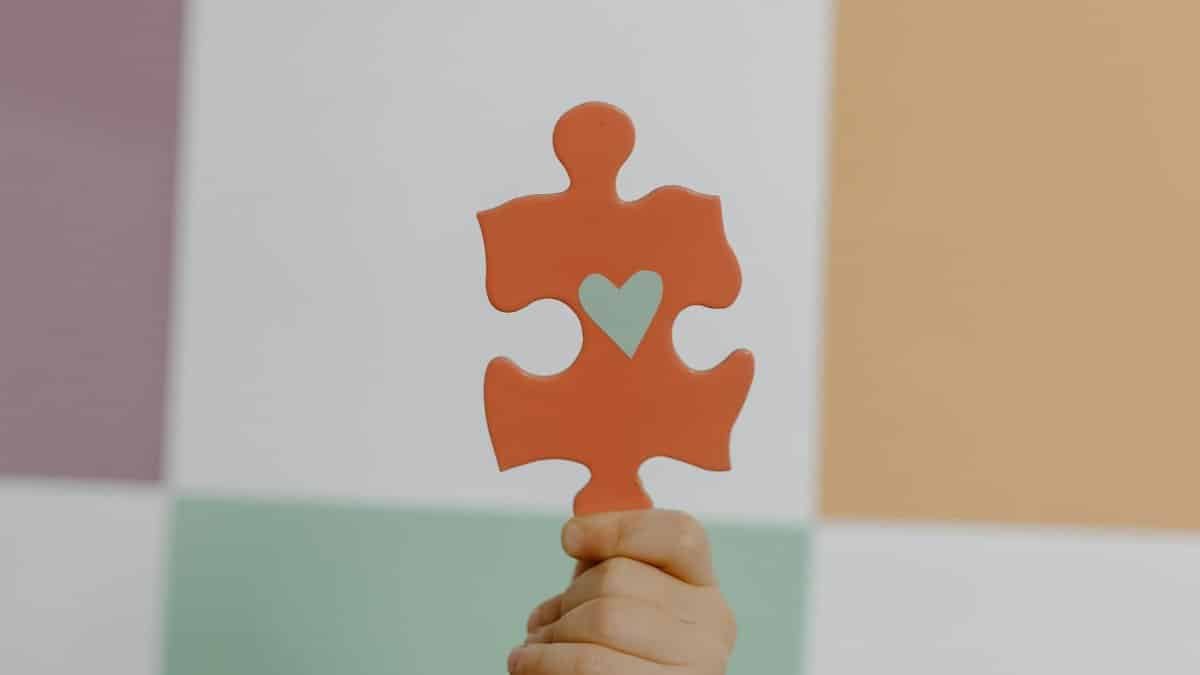
In the realm of healing relationships, trauma work is transformative. By addressing personal wounds, individuals form healthier bonds, reducing conflict and enhancing empathy. Portland couples therapists report stronger partnerships post healing.
This ripple effect strengthens families and communities, proving that individual recovery bolsters collective well being. As more embrace it, the city’s social fabric grows more resilient.
